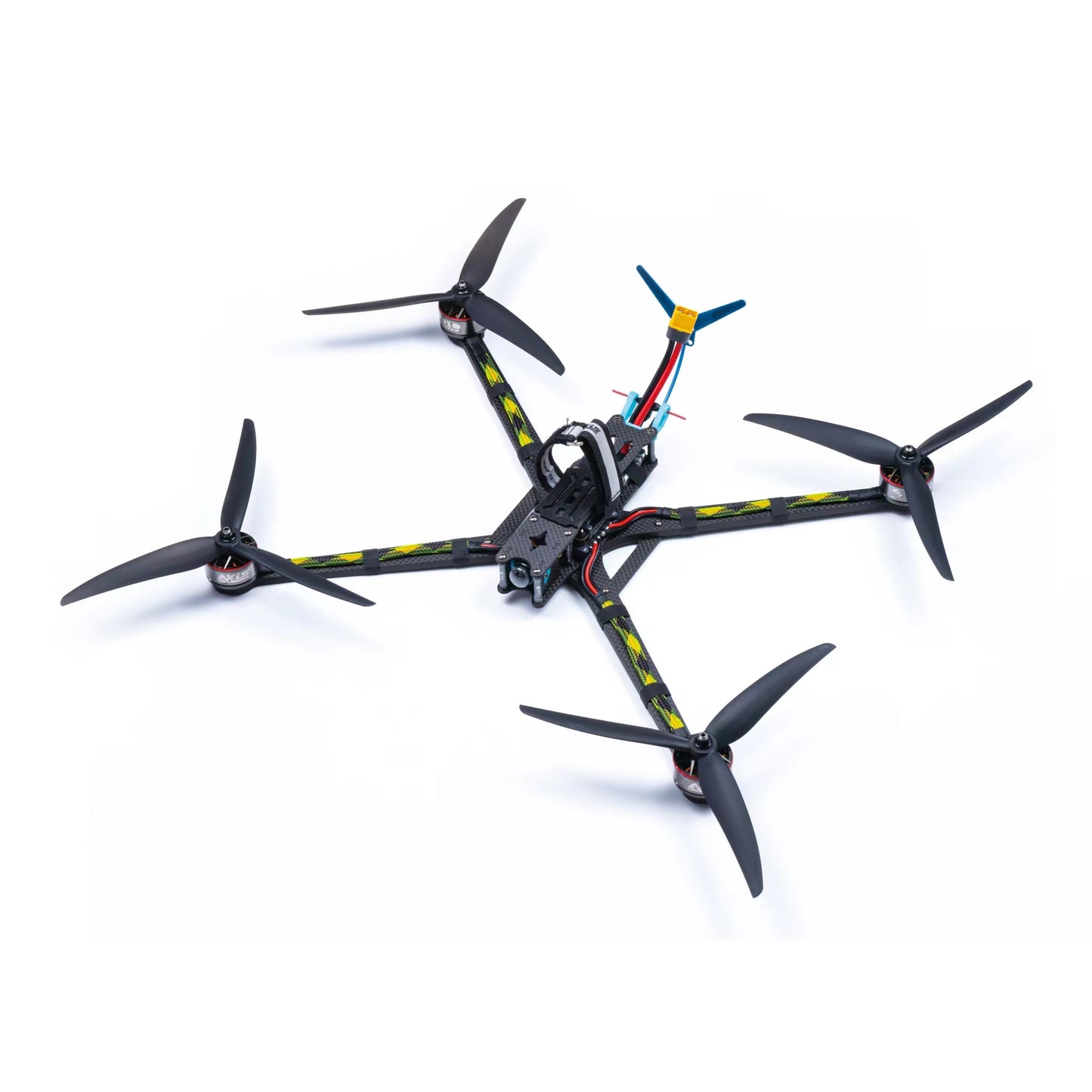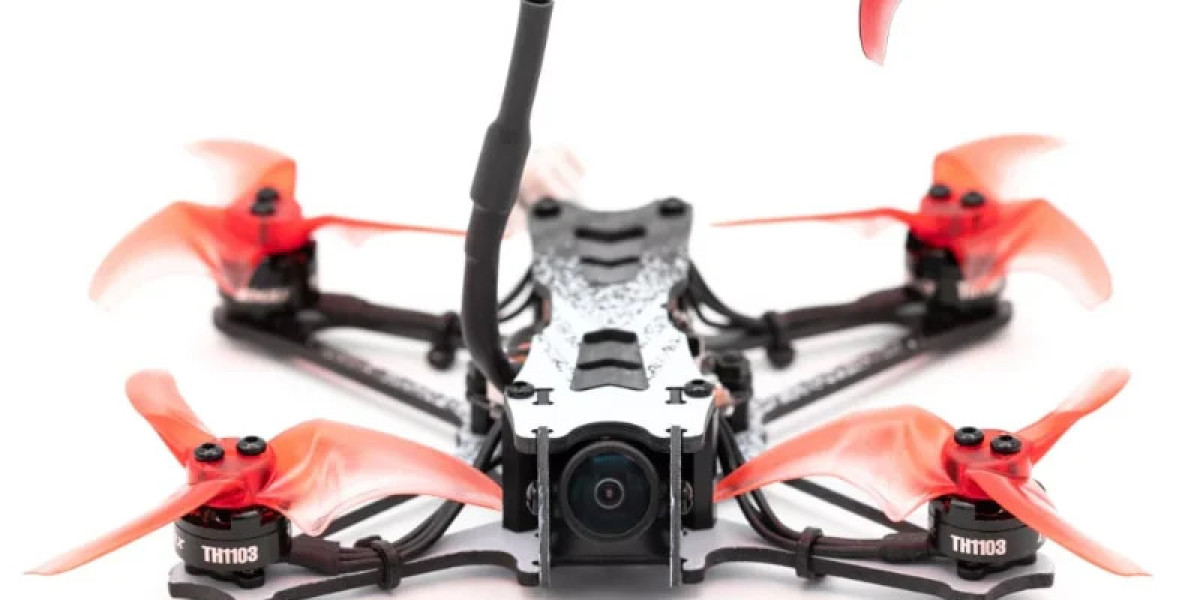FPV (First-Person View) drones have revolutionized the world of aerial photography and videography, offering a thrilling and immersive experience for pilots and viewers alike. One crucial component that plays a significant role in determining the flight characteristics and efficiency of an FPV drone is its propellers. In this article, we will delve into the world of FPV drone propellers, exploring their impact on flight performance, long range fpv and overall drone behavior.
Propeller Design and Materials
FPV drone propellers come in various shapes, sizes, and materials, each designed to cater to specific flight requirements. The most common materials used for propellers are plastic, carbon fiber, and wood. Plastic propellers are lightweight, inexpensive, and suitable for beginner pilots, while carbon fiber propellers offer improved durability and stiffness, making them ideal for high-performance drones. Wooden propellers, on the other hand, provide a unique aesthetic appeal and can be used for specific applications, such as aerial photography. The design of the propeller, including its pitch, angle, and number of blades, significantly affects the drone's flight characteristics, which we will discuss in the next section.
Impact on Flight Characteristics
The propellers of an FPV drone have a profound impact on its flight characteristics, including speed, agility, and stability. A higher pitch propeller, for instance, can increase the drone's speed and agility, making it suitable for racing and freestyle flying. However, this comes at the cost of reduced stability and increased power consumption. On the other hand, a lower pitch propeller provides improved stability and control, making it ideal for aerial photography and videography applications. The number of blades on the propeller also affects the drone's flight behavior, with more blades providing increased thrust and stability, but also increased power consumption and reduced efficiency.

Efficiency and Power Consumption
The efficiency of an FPV drone propeller is directly related to its design and material. A well-designed propeller can significantly reduce power consumption, increasing the drone's flight time and overall efficiency. A propeller with a high angle of attack, for example, can produce more thrust while consuming less power, making it suitable for long-range flights. Additionally, the use of lightweight materials, such as carbon fiber, can reduce the propeller's weight, resulting in increased efficiency and reduced power consumption. However, it is essential to note that increased efficiency often comes at the cost of reduced speed and agility.
Propeller Configuration and Optimization
The configuration and optimization of FPV drone propellers are critical for achieving optimal flight performance and efficiency. A quadcopter, for instance, typically uses a 4-4 propeller configuration, where four propellers are arranged in a symmetrical pattern. This configuration provides improved stability and control, but can be optimized further by adjusting the propeller pitch, angle, and number of blades. Some pilots also experiment with different propeller configurations, such as a 3-3 or 5-5 setup, to achieve specific flight characteristics. However, it is essential to note that propeller optimization requires a deep understanding of aerodynamics and drone behavior, and should only be attempted by experienced pilots.
Conclusion
In conclusion, FPV drone propellers play a vital role in determining the flight characteristics and efficiency of a drone. By understanding the design and material of propellers, pilots can optimize their drones for specific applications, such as racing, aerial photography, or long-range flights. While increased efficiency often comes at the cost of reduced speed and agility, a well-designed propeller can significantly improve the overall performance and behavior of an FPV drone. As the world of FPV drones continues to evolve, it is essential for pilots to stay informed about the latest advancements in propeller technology and optimization techniques to achieve the best possible flight experience.








